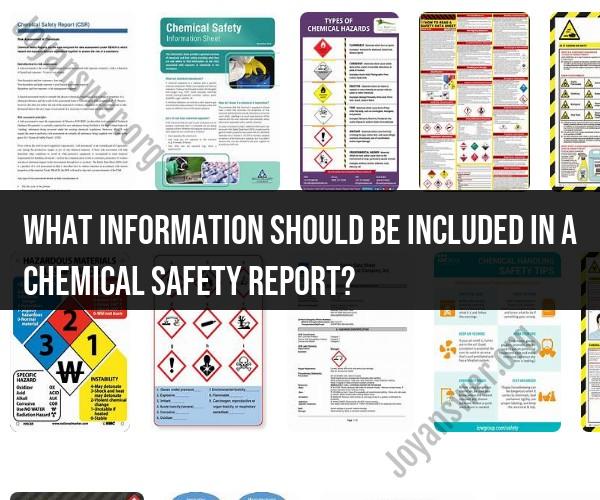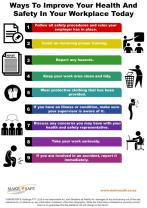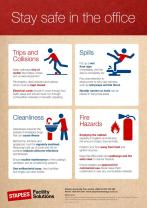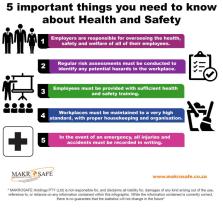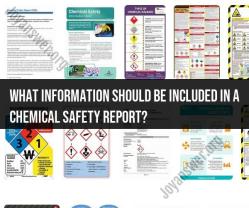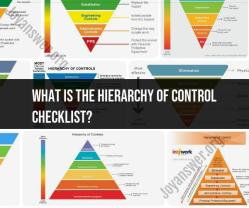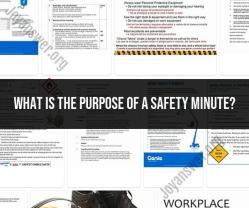What information should be included in a chemical safety report?
A chemical safety report (CSR) is a comprehensive document that provides detailed information about the hazards and risks associated with the use of a chemical substance. The specific requirements for a CSR can vary depending on the regulatory framework in your region, such as REACH (Registration, Evaluation, Authorization, and Restriction of Chemicals) in the European Union or other national or international regulations. However, here are the key components typically included in a chemical safety report:
Identification and Description of the Chemical Substance:
- Chemical name, structure, and other identifiers.
- Physical and chemical properties (e.g., molecular weight, boiling point, melting point).
Hazard Classification and Labeling:
- Information on how the substance is classified for health, environmental, and physical hazards.
- Appropriate hazard symbols, signal words, and precautionary statements for labeling.
Use and Exposure Scenarios:
- Description of the intended uses of the chemical substance.
- Exposure scenarios, including information on manufacturing, handling, and use.
Safety Data Sheet (SDS):
- Include an SDS that provides detailed information on the safe use, handling, storage, and emergency response procedures for the substance.
Physicochemical Hazards:
- Information on the substance's stability, reactivity, and potential for decomposition.
- Data on flammability, explosiveness, and other physical hazards.
Toxicological Information:
- Data on acute and chronic toxicity.
- Information on routes of exposure (e.g., inhalation, ingestion, dermal contact).
- Details on the target organs or systems affected by the substance.
Ecotoxicological Information:
- Data on the substance's impact on the environment, including aquatic and terrestrial organisms.
- Information on persistence, bioaccumulation, and toxicity (PBT) properties.
Exposure Assessment:
- Estimates of exposure levels for workers, consumers, and the environment.
- Information on risk assessment methodologies used.
Risk Characterization:
- An assessment of the risks associated with the use of the chemical substance.
- Risk mitigation measures and recommendations for safe use.
Classification and Labeling Proposals:
- Proposed hazard classifications and labeling based on the assessment.
Risk Management Measures:
- Description of measures to control and minimize risks during production, handling, and use.
- Information on exposure control, personal protective equipment (PPE), and engineering controls.
Operational Conditions:
- Guidelines for safe storage, transportation, and disposal of the substance.
- Emergency response procedures.
Monitoring and Reporting:
- Plans for monitoring exposure levels and environmental releases.
- Reporting obligations to regulatory authorities.
References and Data Sources:
- Citations of scientific literature, testing data, and other sources used in the assessment.
Appendices:
- Additional supporting information, such as detailed study reports, analytical methods, and exposure models.
It's important to note that the specific requirements and format for a chemical safety report may vary depending on the regulatory framework and the complexity of the substance. Consulting with regulatory authorities or experts in chemical safety and compliance is advisable to ensure that your CSR meets all necessary requirements.
Creating a Chemical Safety Report: Key Information to Include
A chemical safety report (CSR) is a comprehensive document that assesses the hazards of a chemical substance and the risks associated with its use. CSRs are required by many regulatory agencies around the world, and they are essential for ensuring the safe handling and use of chemicals.
The key information to include in a CSR is as follows:
- Substance identification: This includes the chemical name, CAS number, and other unique identifiers for the substance.
- Physicochemical properties: This includes information such as the substance's physical state, melting point, boiling point, and pH.
- Toxicological information: This includes information on the acute and chronic health effects of the substance, as well as its potential to cause cancer, reproductive toxicity, and other adverse effects.
- Environmental information: This includes information on the substance's persistence, bioaccumulation, and toxicity to aquatic and terrestrial organisms.
- Exposure assessment: This identifies the potential routes of exposure to the substance and estimates the levels of exposure that may occur.
- Risk characterization: This compares the levels of exposure to the substance with its hazardous properties to determine the risks posed to human health and the environment.
- Risk management measures: This identifies the measures that can be taken to control the risks associated with the use of the substance.
Documenting Chemical Hazards: Components of a Comprehensive Safety Report
In addition to the key information listed above, a comprehensive CSR may also include the following components:
- Hazard classification and labeling: This information is used to identify the hazards of the substance and to communicate those hazards to workers and other users.
- Safety data sheet (SDS): The SDS is a document that provides detailed information on the hazards of a chemical substance and the precautions that should be taken when handling and using it.
- Exposure scenarios: Exposure scenarios describe the different ways in which a substance may be used and the exposure levels that may occur under each scenario.
- Risk management recommendations: These recommendations are based on the risk assessment and identify the measures that can be taken to control the risks associated with the use of the substance.
Safety Compliance: Building a Thorough Chemical Safety Report
To ensure safety compliance, a CSR should be developed in accordance with all applicable regulations. This includes regulations on hazard communication, classification and labeling, exposure assessment, and risk management.
It is also important to note that a CSR is a living document that should be updated regularly to reflect new information on the hazards and risks of the substance, as well as changes in the way in which the substance is used.
Here are some additional tips for building a thorough chemical safety report:
- Use reliable sources of information, such as peer-reviewed scientific literature and government databases.
- Be clear and concise in your writing.
- Use tables and figures to summarize complex information.
- Have your CSR reviewed by a qualified expert.
By following these tips, you can create a CSR that will help you to ensure the safe handling and use of chemicals in your workplace.
